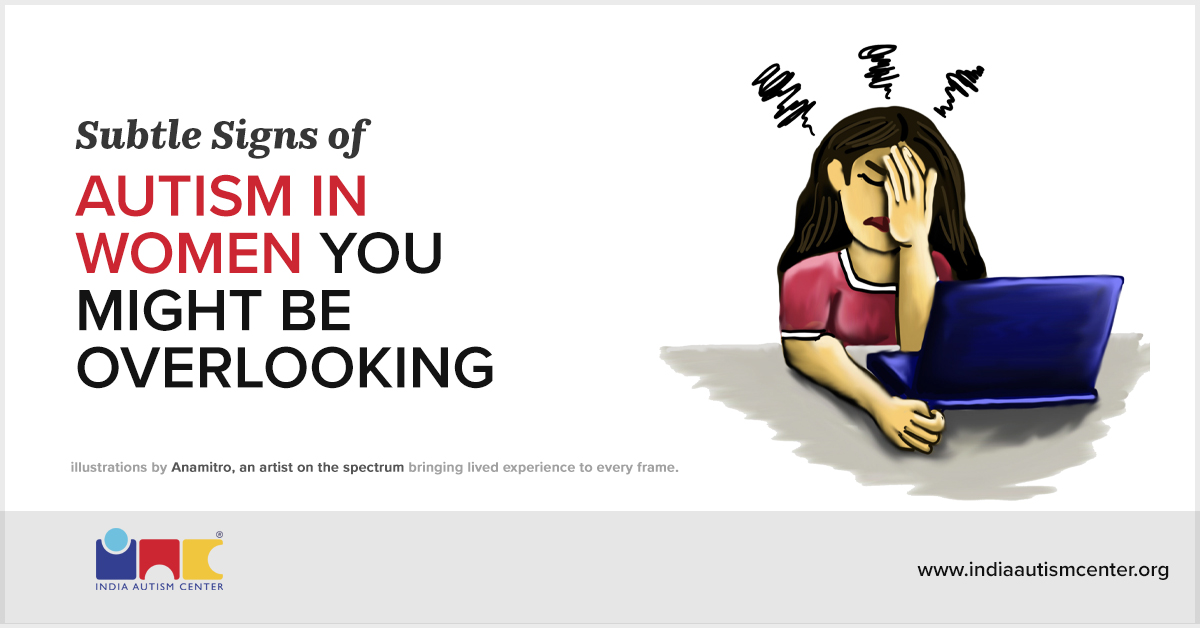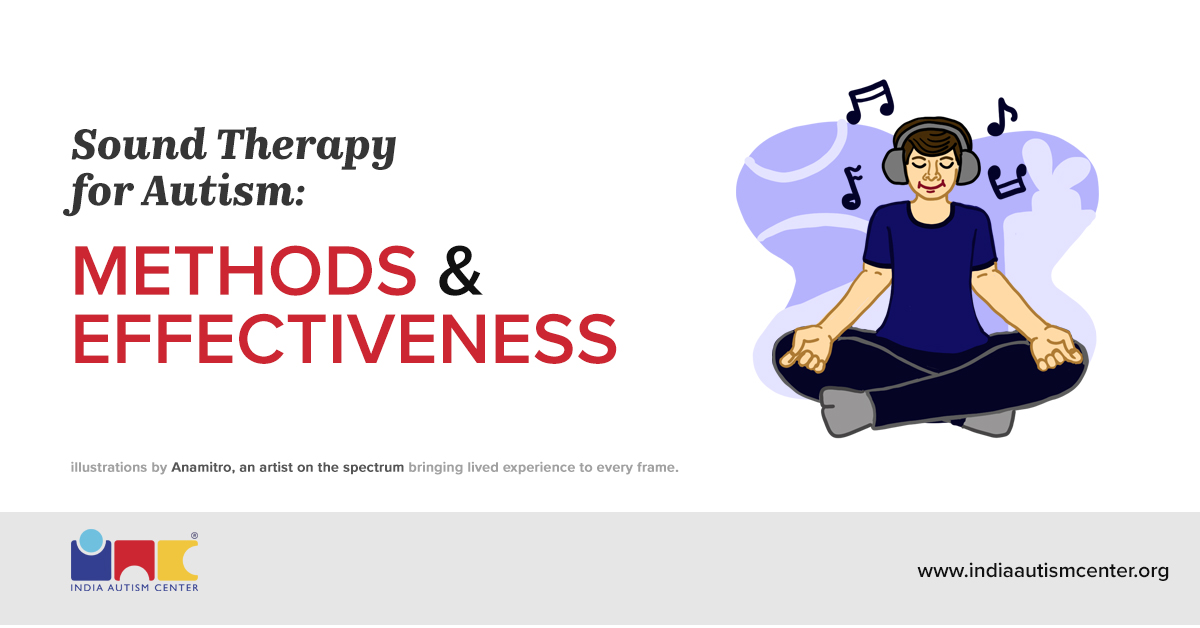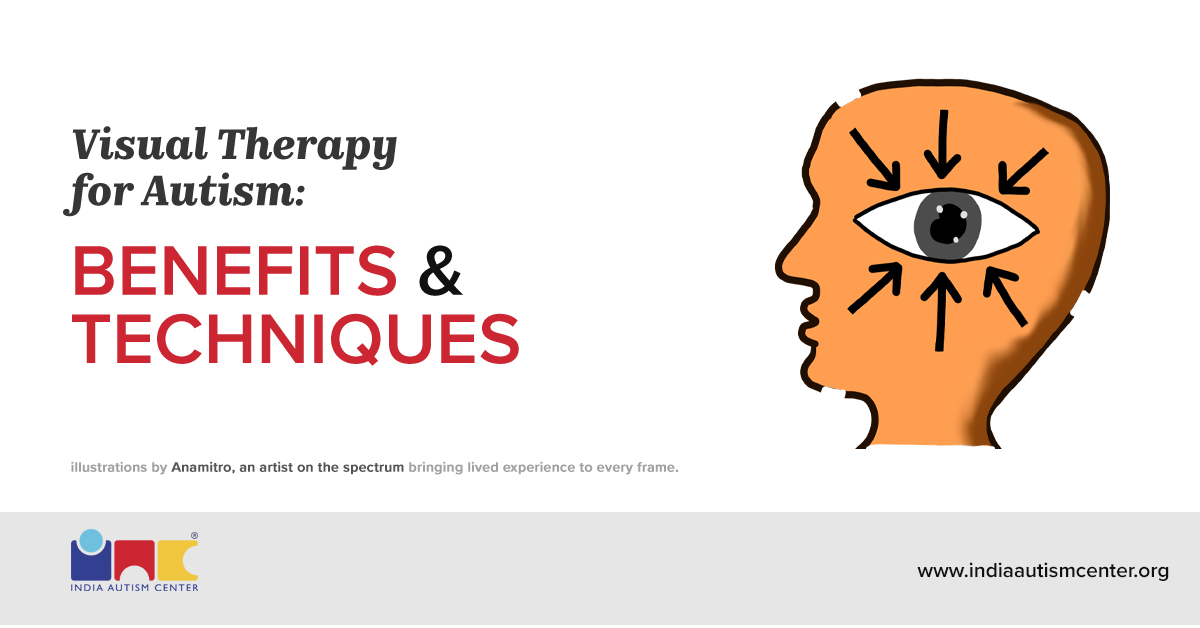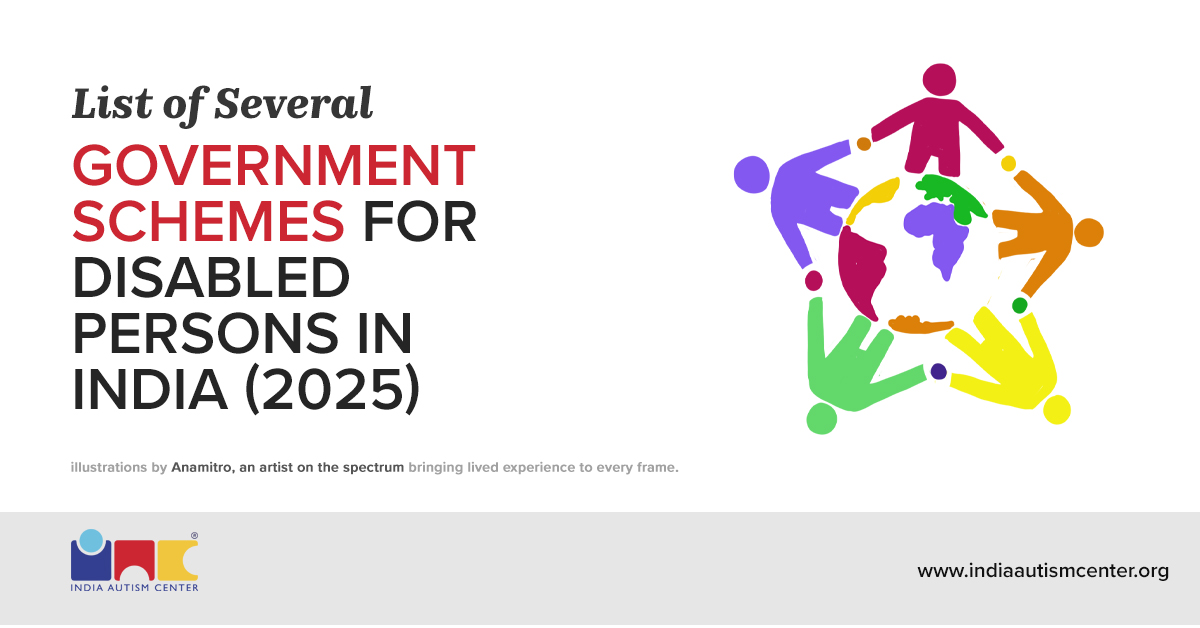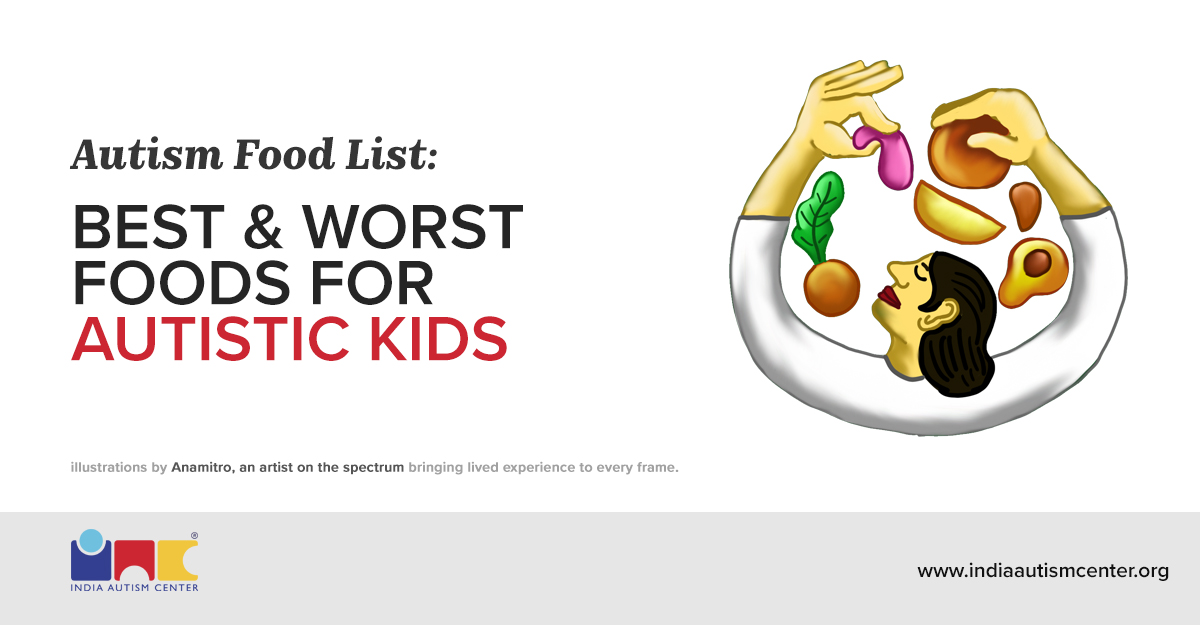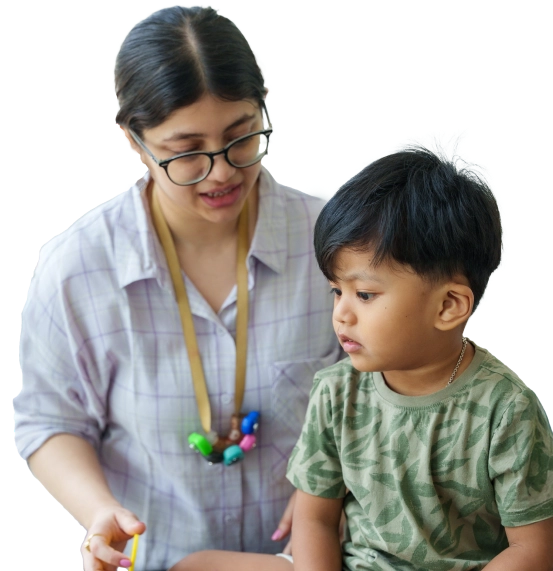You meet a woman. She’s witty, warm, and seems perfectly tuned in. At first, everything clicks.
But then, you notice a few things.
A fascination with specific topics. An overwhelming need for routine. Conversations that swing between deep dives and sudden silence.
Mixed signals? Not exactly.
Sometimes, that’s how signs of autism in women show up. In this article, we’ll decode these subtle patterns.
But not only that. We’ll also trace how autism signs in women evolve and explain why they’re often overlooked.
So, let’s first unpack the most important aspect.
Identifying Signs of Autism in Women
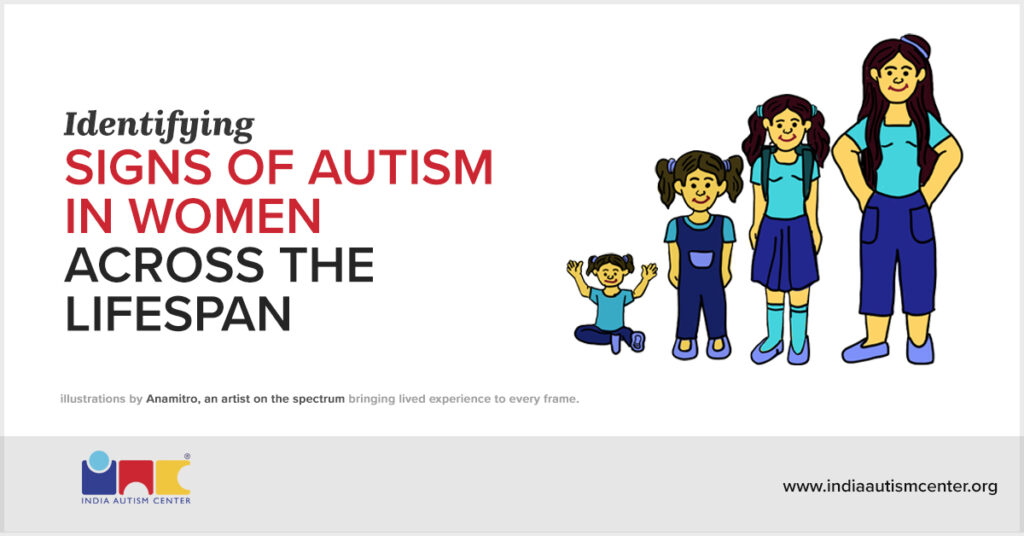
Let’s start by tracing how female autism signs show up at different life stages.
Early Signs of Autism in Girls: Infancy and Toddlerhood (0–2 years)
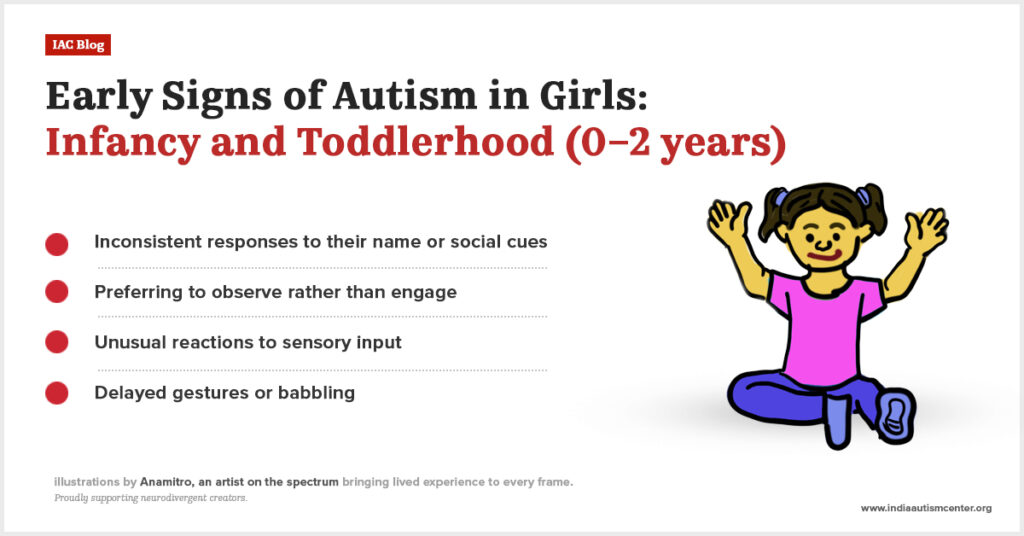
Autism signs in girls can be subtle early on. But beneath the surface, they start to emerge as:
- Inconsistent responses to their name or social cues
- Unusual reactions to sensory input
- Delayed gestures or babbling despite developing spoken language on time
- Fixation on specific objects or textures, such as rubbing fabrics, staring at lights
- Repetitive behaviors like hand flapping, clapping, and stimming
Subtle Signs of Autism in Preschool Years (3–5 years)
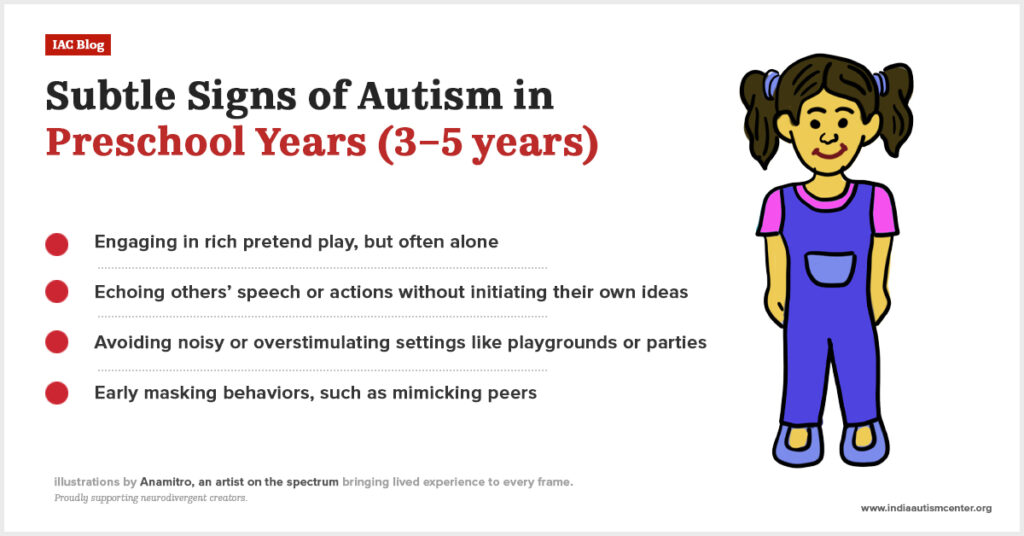
Preschool years often bring new social demands, and with them, more noticeable autism signs in young girls.
But these can be misread as quirks or shyness. So, watch for:
- Engaging in rich pretend play, but often alone or with rigid storylines
- Echoing others’ speech or actions without initiating their own ideas
- Avoiding noisy or overstimulating settings like playgrounds or parties
- Early masking behaviors, such as mimicking peers to fit in
- Strong attachments to routines
- Eye contact discomfort (either avoiding it or holding it too long unnaturally)
Subtle Signs of Autism in Females During Childhood (6–12 years)
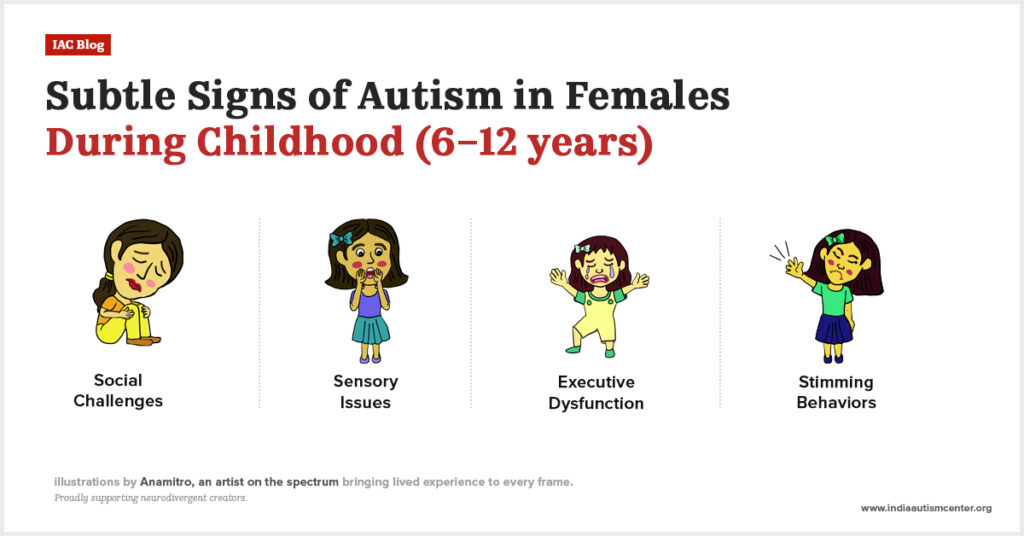
At school age, autism signs in girls become more nuanced.
As Dr. Wendy Nash, a child and adolescent Psychiatrist, notes,
![]()
A lot of autistic girls get ruled out because they may share a smile or may have a bit better eye contact, or they’re more socially motivated. It can be a more subtle presentation.
The most common signs include:
Social Challenges
- Appears friendly but struggles with forming deeper friendships
- Overthinks conversations and fears social rejection
- Prefers adults or solitary play over peers
- Feels like an outsider, even when included
Sensory Issues
- Avoids certain clothing textures or sounds
- Sensitive to smells, loud environments, or certain foods
- Holds in discomfort during the day but melts down at home
Executive Dysfunction
- Difficulty following multi-step instructions or organizing schoolwork
- Frequently loses personal items or misses deadlines
- Procrastinates not out of laziness, but due to overwhelm
Stimming and Self-Soothing Behaviors
- Engages in repetitive behaviors like hair twirling, tapping, or humming
- May be dismissed as nervous habits rather than recognized as self-regulation
How Signs of Autism in Girls Shift in Teenage Years (13–19 years)
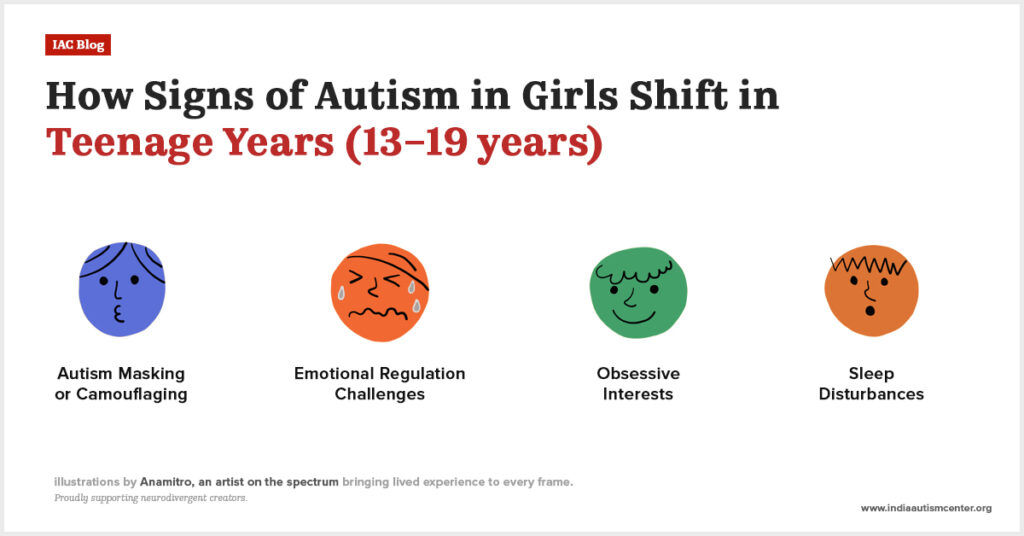
Puberty and growing social pressures amplify hidden struggles. Many teenage girls with autism experience anxiety, burnout, or mental health issues.
Here are the common symptoms they develop during this period:
Autism Masking or Camouflaging
- Forces eye contact despite discomfort
- Rehearses social scripts and facial expressions
- Bottles up emotions in public and breaks down privately
- Shifts behavior dramatically between different environments
- High masking autism in women often leads to chronic exhaustion and anxiety
Emotional Regulation Challenges
- Emotional instability
- Criticized for being ‘too sensitive’ or ‘overdramatic’
- Intense emotional reactions such as shutdowns, rage, or withdrawal
Obsessive Interests and Special Focus Areas
- Deep fixation on niche topics
- Uses interests as coping mechanisms or emotional anchors
- Intense attachments to people, such as friends, celebrities, or fictional characters
Sleep Disturbances
- Light sleeper, prone to waking up easily
- Relies on strict bedtime routines or sensory aids to sleep
- Difficulty falling asleep due to overstimulation or racing thoughts
Recognizing Autism Signs in Adult Women (20s and Beyond)
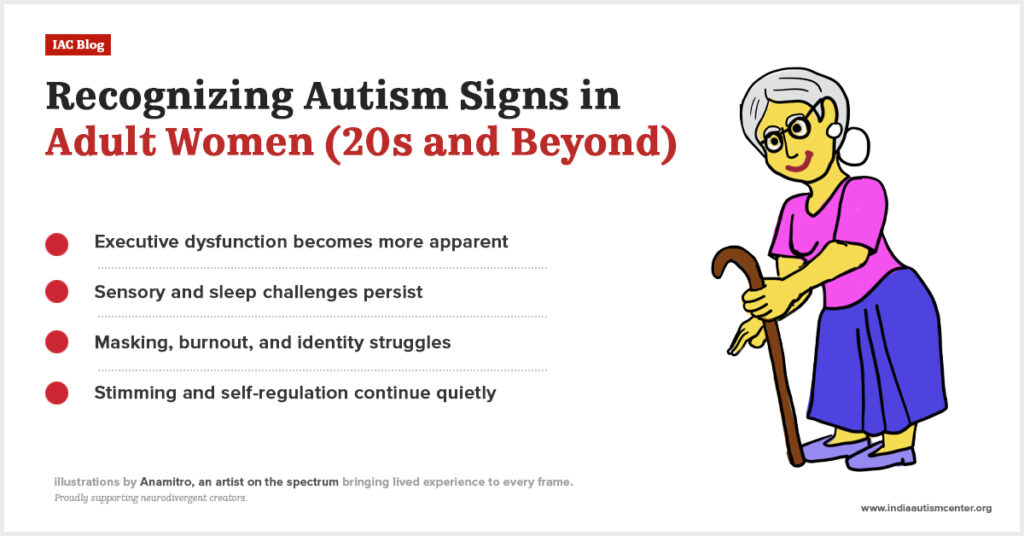
The signs of undiagnosed autism in adult women start surfacing only when lifelong coping strategies break down.
What happens then?
Executive Dysfunction Becomes More Apparent
- Overwhelmed by basic life tasks, such as cooking, cleaning, and planning
- Misses deadlines or hyperfocuses to the point of exhaustion
- Constantly battles mental fatigue, trying to manage daily life
Sensory and Sleep Challenges Persist
- Avoids crowded spaces due to sensory overload
- Struggles with chronic fatigue from poor-quality sleep
- Menstrual cycles, pregnancy, or menopause may intensify the symptoms
Masking, Burnout, and Identity Struggles
- Feels disconnected from their authentic self
- Burnout manifests as anxiety, depression, or emotional shutdown
- Questions identity after years of masking: “Who am I without this act?”
Stimming and Self-Regulation Continue Quietly
- Quiet stimming, like fidgeting, doodling, or skin picking used for self-soothing
But even when these signs of autism in women appear, they often go unnoticed.
Why? Let’s find out.
Why Do Signs of Autism in Females Often Go Undiagnosed?
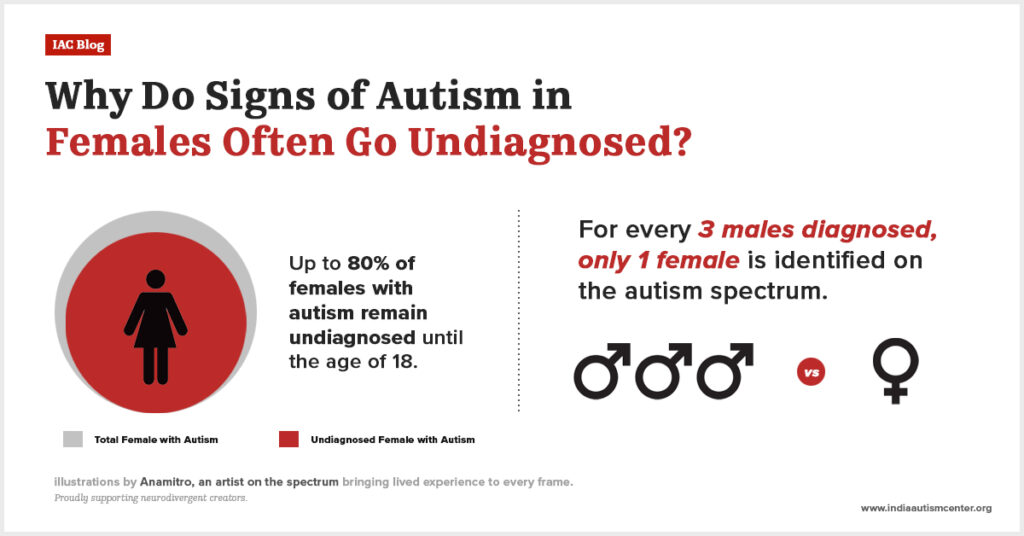
A 2017 study found that for every 3 males diagnosed, only 1 female is identified on the autism spectrum. But these numbers don’t tell the full story.
A 2022 study goes even further. It suggests that up to 80% of females with autism remain undiagnosed until the age of 18.
But why such a massive gap?
Three key reasons explain this:
Biological Differences in How Autism Appears in Women
Autism signs in women often present differently from those in men. This difference begins with biology.
Unlike the textbook male traits of obvious social withdrawal or repetitive behaviors, autism in women shows up in:
- Struggling quietly to read social cues
- Masking confusion with memorized responses
- Expressing emotions in ways that seem typical
These nuances don’t align with traditional diagnostic checklists. As a result, women with autism often fly under the radar.
Social Conditioning
From a young age, girls are often taught to observe, adapt, and blend in.
Over time, they:
- Mimic peer behaviors without true understanding
- Rehearse conversations, facial expressions, and social scripts
- Hide sensory discomfort or emotional overwhelm
And it’s this exact social camouflaging or masking that leads even trained professionals to miss the signs of autism in women.
Male-Centric Diagnostic Tools and Research Bias
Here’s a glaring problem most people don’t realize. The most commonly used diagnostic tools, like the Autism Diagnostic Observation Schedule (ADOS), were designed and validated predominantly using male participants.
For instance, the original validation sample for ADOS consisted of 170 males and only 36 females with autism spectrum disorder (ASD).
This creates a critical blind spot. After all, what doesn’t get measured doesn’t get diagnosed.
As a result, subtle, female-specific signs of autism simply don’t register on tests designed for male-pattern presentations.
That said, the sooner these signs are recognized, the better the outcomes. And this is where early intervention for autism comes in.
Role of Early Intervention For Autism In Girls
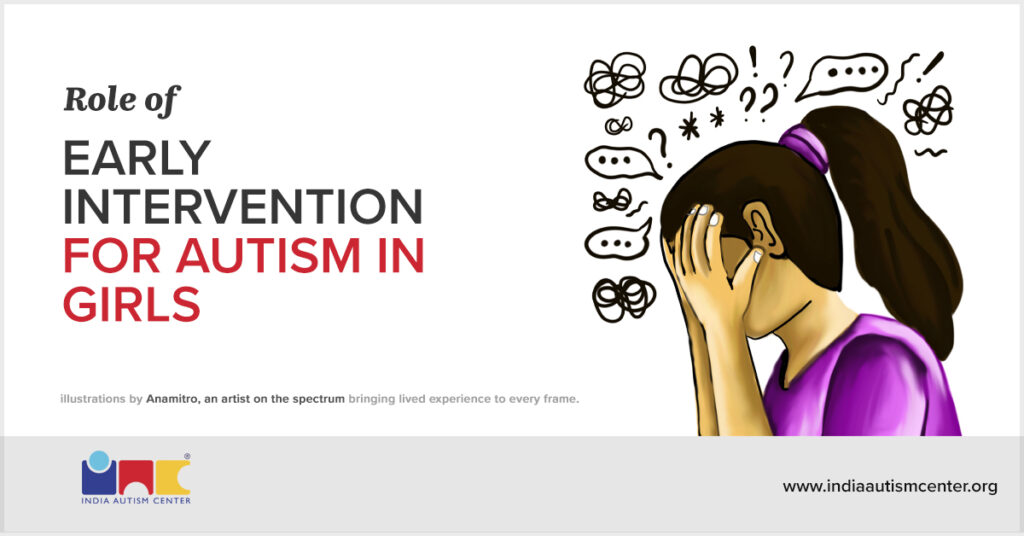
It means providing support and therapies to young children, ideally before the age of 3.
This critical window of neuroplasticity allows the brain to adapt, learn, and grow at an accelerated pace.
What Is Early Intervention For Autism in Girls?
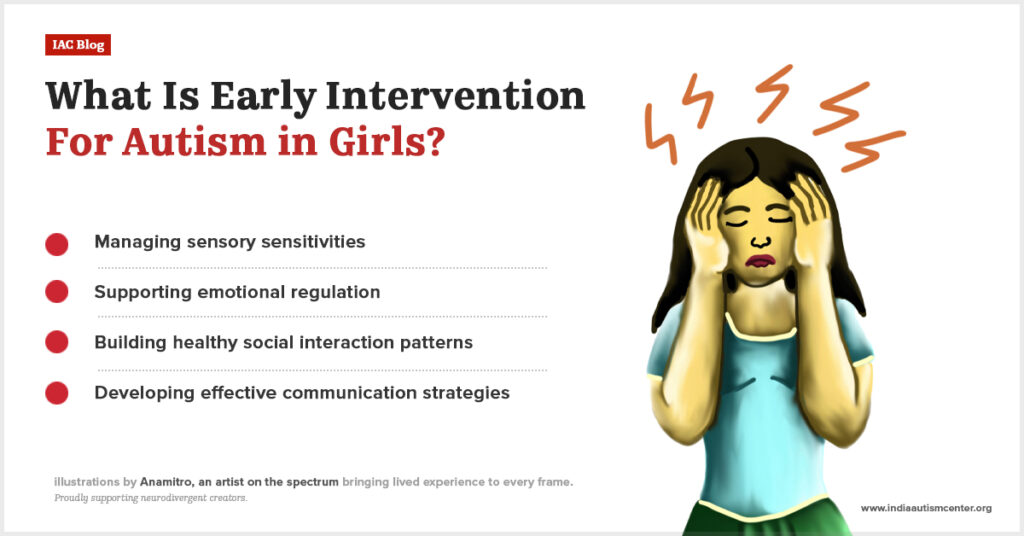
For girls, whose autism signs often appear milder or get masked by social imitation, early intervention helps in:
- Managing sensory sensitivities
- Supporting emotional regulation
- Building healthy social interaction patterns
- Developing effective communication strategies
- Strengthening adaptive functioning, daily living skills, and motor skills
Early Intervention Strategies for Autism in Girls
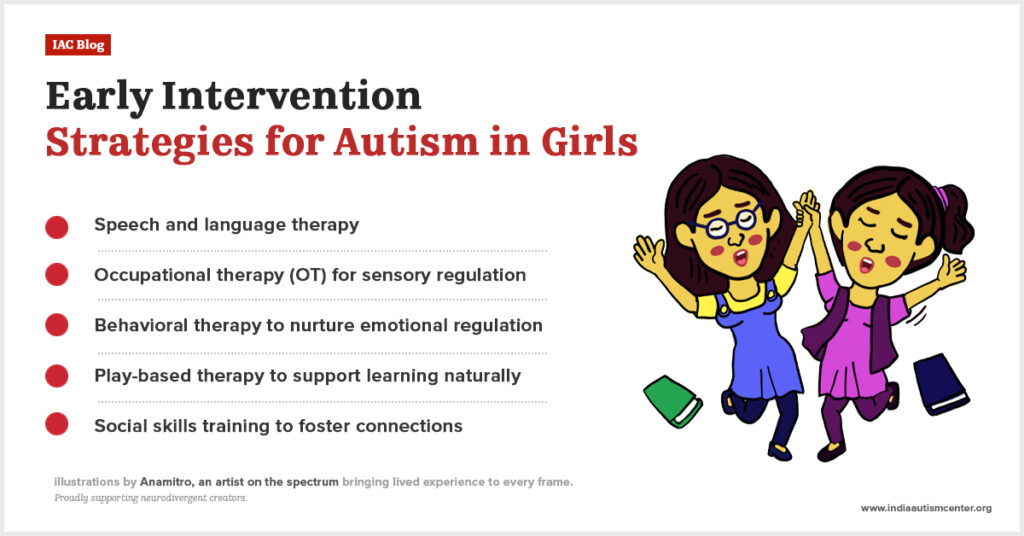
This first step is to consult a developmental pediatrician, clinical psychologist, or rehabilitation psychologist and request a developmental screening.
If screening indicates potential concerns, early autism intervention should begin immediately.
Here are the strategies that can make a difference:
- Speech and language therapy to develop expressive communication
- Occupational therapy (OT) for sensory regulation, motor skills, and daily tasks
- Behavioral therapy to nurture emotional regulation and functional behaviors
- Play-based therapy to support learning naturally
- Social skills training to foster connections
- Cognitive training to enhance reasoning and problem-solving skills
- Parental coaching to empower families to reinforce learning at home
It is important to note that not every child or adult will need every form of therapy. The right combination depends on developmental stage, profile, and goals. A multidisciplinary team typically assesses this and creates a phased, personalized intervention plan.
Autism Diagnosis in Women: Consultation and Next Steps
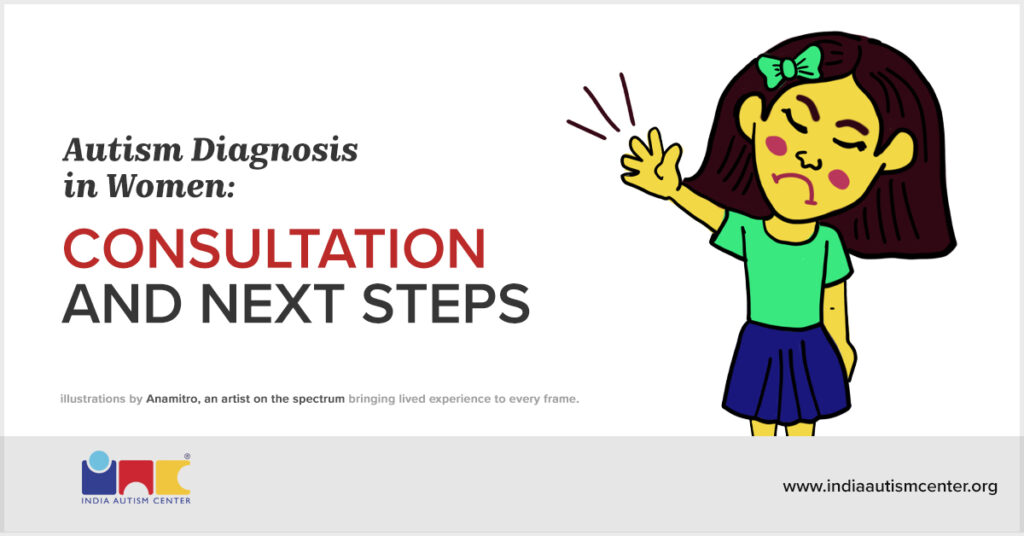
A formal autism diagnosis typically happens after the age of 3. This process can bring clarity, but only when backed by the right professional guidance and a structured pathway.
Here’s a clear, actionable roadmap:
Step 1: Consult the Right Specialist
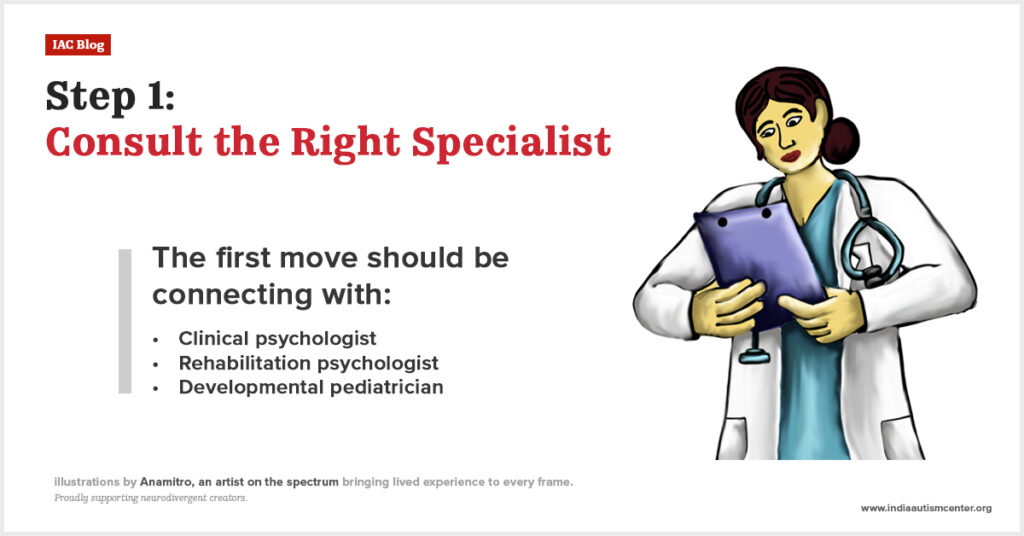
The first move should be connecting with a licensed clinical psychologist, rehabilitation psychologist, or developmental pediatrician.
Why?
Well, these professionals are trained to spot the often subtle or masked signs of autism in women. They also recommend diagnostic tools suited to an individual’s specific profile.
Step 2: Undergo a Comprehensive Autism Assessment
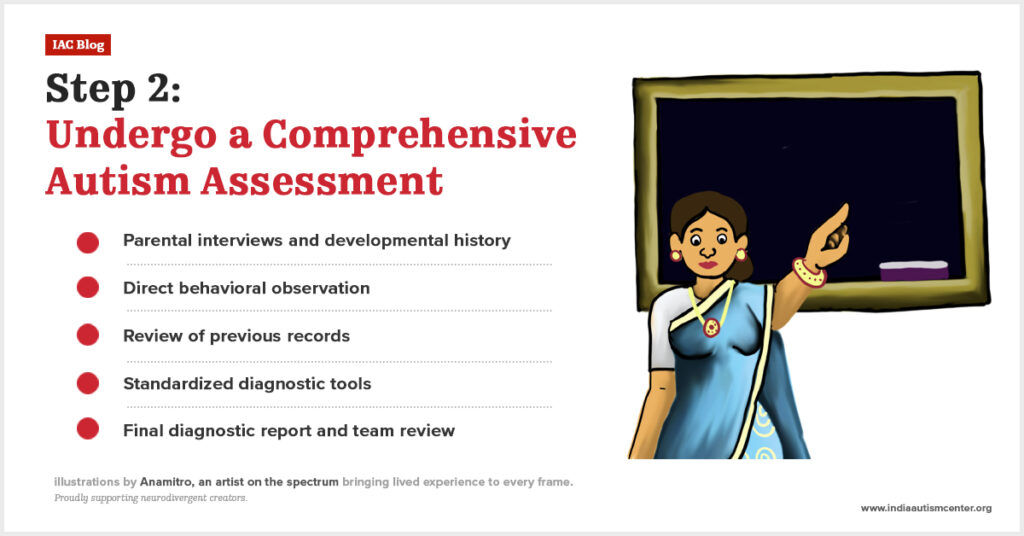
Autism diagnosis isn’t based on a single appointment or one-off observation. It requires a multi-dimensional evaluation that includes:
Parental Interviews and Developmental History
Early life milestones, social behaviors, and past experiences help clinicians map patterns.
Direct Behavioral Observation
How one interacts, plays, communicates, and responds across different settings gives clinicians valuable insights beyond verbal reports.
Review of Previous Records
Past therapy notes, academic reports, or psychological evaluations provide context and reveal longstanding patterns often missed earlier.
Standardized Diagnostic Tools
Depending on age and presentation, tools such as the Indian Scale for Assessment of Autism (ISAA), Childhood Autism Rating Scale–Second Edition (CARS-2), or Autism Diagnostic Observation Schedule (ADOS-2) are administered.
Final Diagnostic Report and Team Review
A multidisciplinary team reviews all findings and prepares a comprehensive report. Because female autism signs often present differently, this forms the foundation for both understanding the needs and planning the next steps.
Step 3: Building a Holistic Autism Support Team

Getting a diagnosis is just the beginning. Effective support requires a multidisciplinary approach that may include:
- Speech-language therapy
- Occupational therapy
- Special education support
- Psychological support
- Play or other non-conventional therapies
- Medical consultation
It’s again important to understand that not every strategy is needed at every stage. The right combination depends on developmental age, current challenges, and personal strengths.
A qualified multidisciplinary team will prioritize interventions based on ongoing assessments to ensure that support remains relevant, adaptive, and person-centered.
Step 4: Create a Personalized Autism Intervention Plan
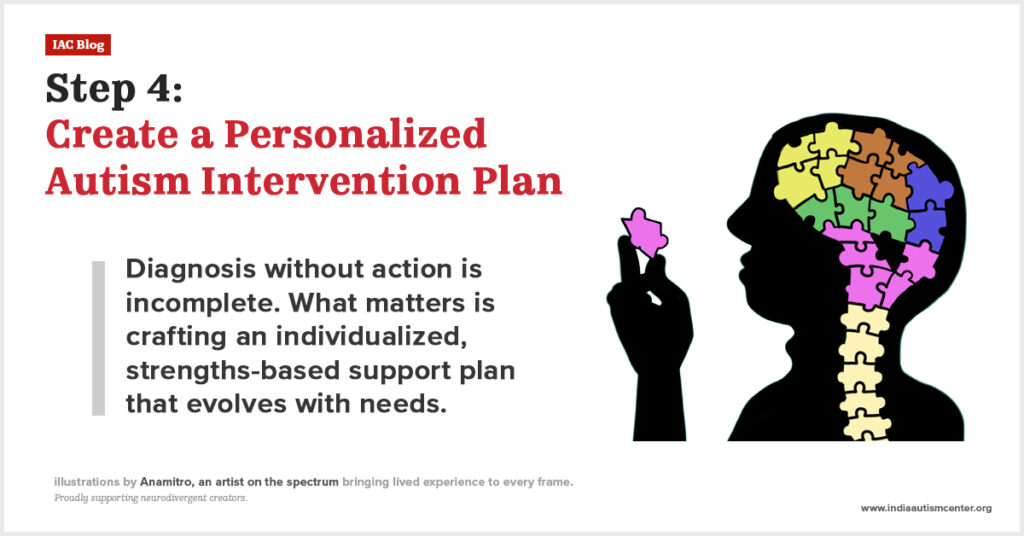
Diagnosis without action is incomplete. What matters is crafting an individualized, strengths-based support plan that evolves with needs. This is especially crucial for women and girls who’ve often been misdiagnosed, overlooked, or misunderstood.
However, the support needs may evolve over time as the individual develops. Certain new needs may surface while the previous ones get stabilized.
Reality of Autism Diagnosis in Women
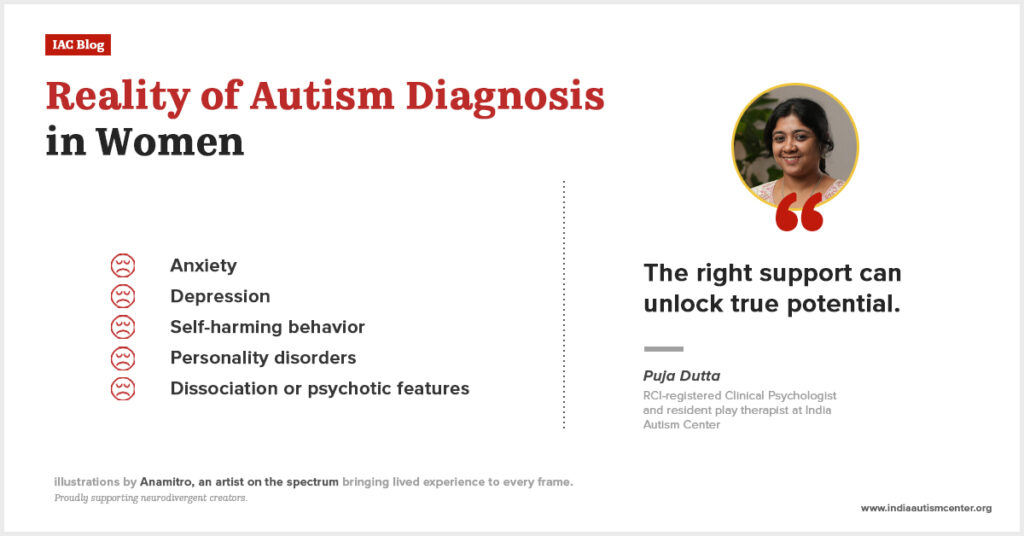
For many women, especially those with high-functioning autism, the diagnostic journey rarely follows a clear or timely path. Unlike the structured process typically seen in early childhood diagnoses, autism diagnosis in adult women often begins in reverse.
It’s not the signs of autism that prompt an evaluation. It’s the fallout from years of being misunderstood.
Many autistic women quietly struggle for decades, confused by their internal experiences. Their traits are often misread as personality quirks or signs of unrelated mental health issues.
Over time, this leads to secondary conditions, such as:
- Anxiety
- Depression
- Self-harming behavior
- Personality disorders
- In some cases, dissociation or psychotic features
Often, it is these comorbid challenges that prompt women to seek professional help, rather than autism itself. Only after a thorough evaluation do clinicians identify the deeper, underlying presence of autism spectrum disorder.
Although this route is long and exhausting, it also brings clarity.
As Puja Dutta, a clinical psychologist at the India Autism Center, puts it,
![]()
At this phase, the right support can unlock true potential.
While individual support matters, change at the policy level is equally crucial for lasting impact.
Global Shifts in Policy to Better Recognize Signs of Autism in Women
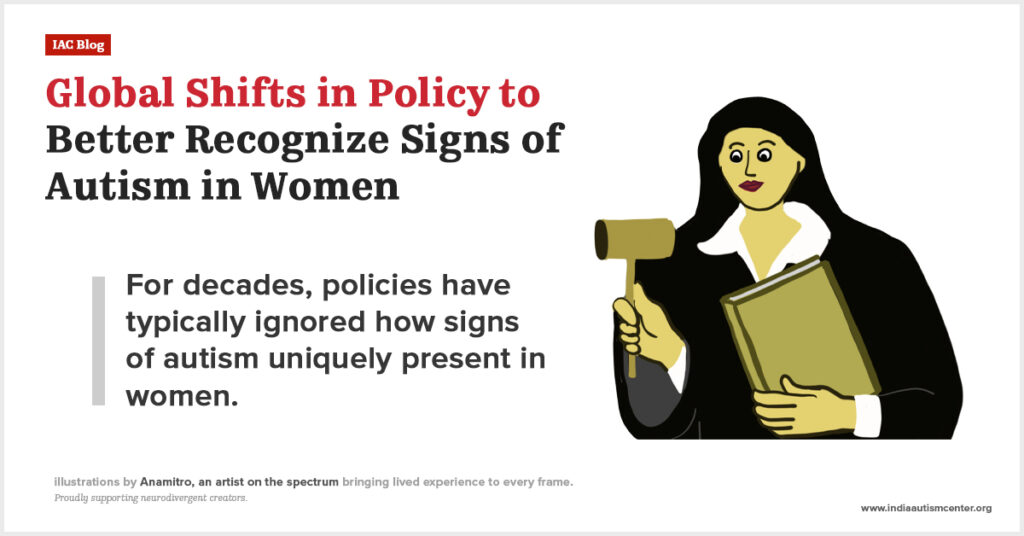
For decades, policies have typically ignored how signs of autism uniquely present in women.
But that’s starting to change.
In India: Small Steps with Big Potential
The Rights of Persons with Disabilities Act (RPwD), 2016, officially recognized autism as a disability in India. It mandates inclusion in education, employment, and healthcare.
Yet, the law remains gender-blind in practice.
It says nothing about how autism in women may appear differently. No mention of masking, camouflaging, or female-specific diagnostic needs.
That silence is finally breaking.
Karnataka and Kerala have piloted training programs for teachers and health workers to teach them to recognize the subtle autism signs in girls.
West Bengal is leading a grassroots initiative. Its Department of Women and Child Development launched a new autism screening tool, available in Bengali, Hindi, and English.
As Sarmistha Bhattacharya, a rehabilitation psychologist at the India Autism Center, explains,
![]()
The biggest strength of this tool is accessibility. It equips frontline workers to identify early signs of autism. Girls who might otherwise go unnoticed are finally getting flagged for support.
These pilot initiatives go beyond checklists. These also encourage early screenings in schools and healthcare centers.
Global Momentum: Changing the Diagnostic Lens
Internationally, the shift is sharper.
In the UK, the National Autism Strategy (2021–2026) directly calls for better identification of autism in women and girls. It pushes for tools that reflect their lived experiences.
In Australia, the National Disability Insurance Scheme (NDIS) funds diagnostic assessments designed to move beyond outdated male-centered models.
For women who spent years doubting themselves or being misdiagnosed, this shift signals a long-overdue validation.
And it’s just the start.
Parting Words: Timely Support for Women on the Autism Spectrum
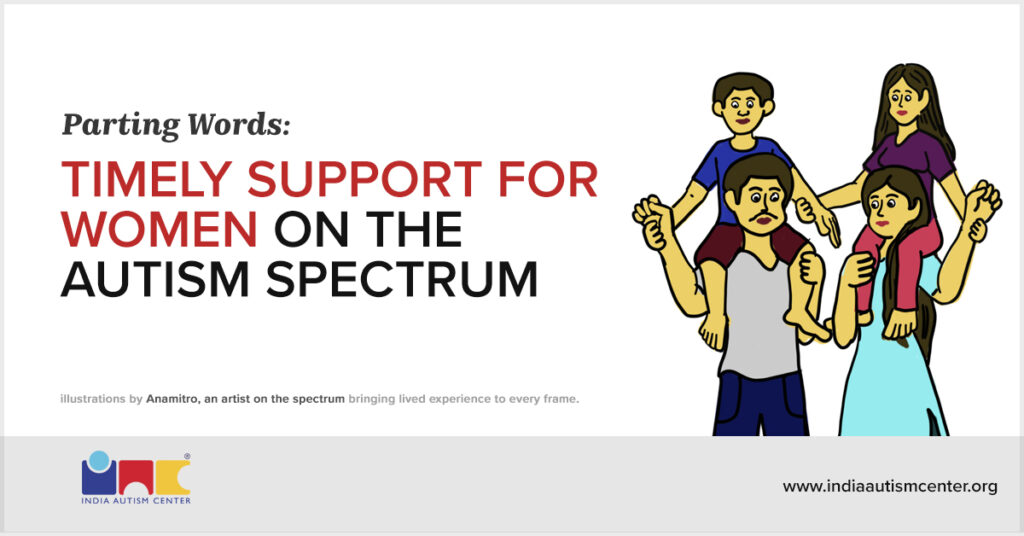
Recognising the signs of autism in women is just the beginning. What comes next is finding support that actually fits.
Start small. Find professionals who understand how the signs of autism in women show up. Then, join spaces where you don’t have to explain yourself.
You’re not meant to do this alone.
At school or work, ask for simple accommodations. These small shifts can change everything. And you don’t need a formal diagnosis to advocate for yourself.
If you need further assistance, feel free to contact us.
Frequently Asked Questions
How do autistic females behave?
Autistic women may appear socially competent but often struggle beneath the surface. They might have trouble reading social cues, dislike sudden changes, and feel emotionally drained from trying to fit in.
How do I tell if I’m an autistic female?
If you often feel out of sync in social settings, rely on routines, or copy others to avoid judgment, these could be signs. A formal assessment with an autism-informed specialist can offer clarity.
What does high-functioning autism look like in a woman?
It often appears as someone who performs well at work or school yet feels overwhelmed by social situations, struggles to manage emotions, and needs solitude to recover from everyday demands.
At what age does autism show in women?
Signs can start in early childhood, but they’re often subtle and misread. This leads to many girls being diagnosed much later, often in their teens or adulthood.
What can be mistaken for autism in girls?
Autism in girls is frequently misdiagnosed as anxiety, Attention-Deficit/Hyperactivity Disorder (ADHD), Obsessive Compulsive Disorder (OCD), or simply viewed as personality traits like shyness, perfectionism, or sensitivity.
What are the signs of autism in adult women?
Adult women may experience mental fatigue, social burnout, difficulties in relationships, heightened sensitivity to sound or touch, and a constant need to keep up a ‘normal’ appearance.
What are the signs of high masking autism in women?
Women who mask may script conversations, force themselves to make eye contact, suppress stimming behaviors, and constantly scan social environments to avoid making mistakes.
What are the signs of undiagnosed autism in adult women?
Undiagnosed women often feel misunderstood, anxious in social settings, and emotionally depleted. They may have a long history of misdiagnoses, like depression or general anxiety.
What are the signs of autism in females during childhood?
Look for intense routines, sensory sensitivities, solitary or scripted play, and mimicry of peers. Many girls also hold stress at school and release it at home.
What are the signs of autism in adult females?
Adult females may continue to mask their traits, face chronic sensory stress, struggle with daily life management, and question their identity due to years of adapting.
How can women get tested for autism?
Start by speaking to a developmental pediatrician or clinical psychologist experienced in diagnosing women. Assessments usually include interviews, behavior analysis, and standardized tools adapted for females.

